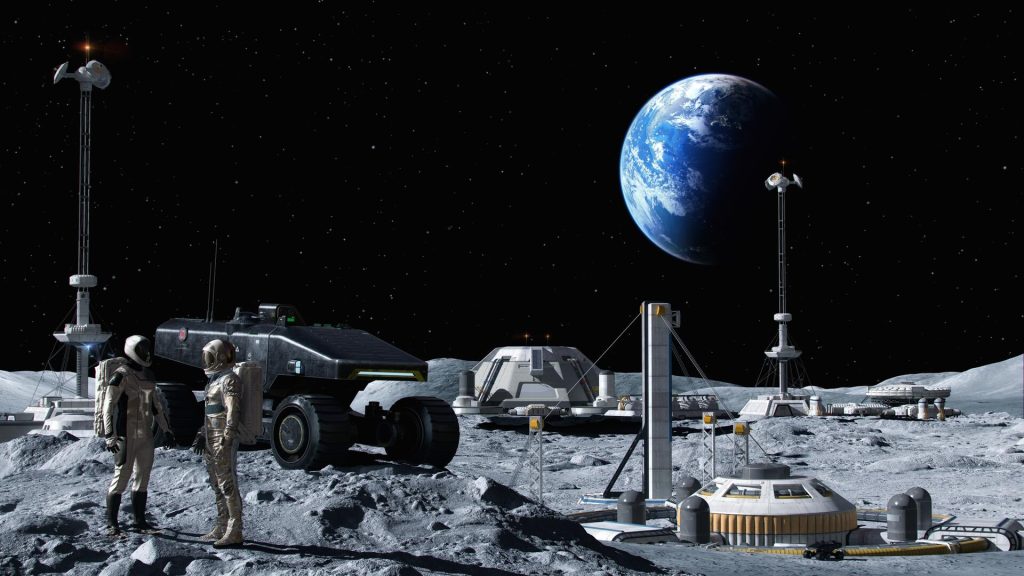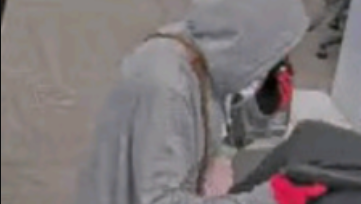UW researchers find a way to use moon’s soil, space debris as potential fuel source

Posted Jun 11, 2024 10:56:26 AM.
Last Updated Jun 11, 2024 10:56:29 AM.
It may sound like science fiction, but researchers at the University of Waterloo are examining the potential of using the moon’s soil as a usable material that could, one day, help house humans on the moon.
The team, who are part of the University of Waterloo’s Laboratory for Emerging Energy Research (LEER), are looking to use materials in lunar regolith as well as, defunct space debris that orbits the Earth and the moon.
Lunar regolith, or the top layer of soil on the moon, contains metallic dust embedded with oxygen, which can be used to produce thermal energy in the form of a thermite reaction when mixed with materials, like aluminum.
“Because it already contains oxygen, we can utilize it, without the need for atmospheric oxygen, to produce thermal energy,” Connor MacRobbie, a PhD candidate in Waterloo’s Department of Mechanical and Mechatronics Engineering, said in a press release. “This is called a thermite reaction, which is useful in space because there is no readily available oxygen.”
The team used “simulated regolith” made and supplied by NASA to test in the lab with a combustion chamber that can simulate the lunar environment. The potential for this research could help maintain and develop solar satellite systems in space to create power for further space exploration, and usable materials for construction, energy generation and life support.
“The results demonstrate the viability of the moon’s topsoil to power lunar development, enabling humans to explore and inhabit the moon’s surface,” John Wen, the director of LEER, said in a press release.
“We’re now continuously working at better extraction of metal and other useful material from the regolith as well as designing automated processes, in collaborations with Canadian and international researchers, to facilitate in-situ resource utilization and support the circular space economy.”








